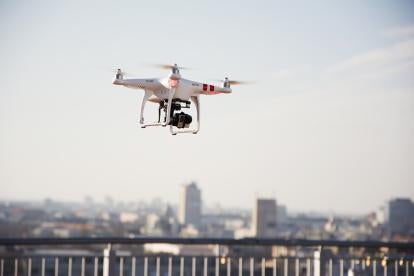Drones have been popular holiday gifts, but many people may not know that purchasing insurance is a good idea for your unmanned aircraft.
Stories appear after the holidays about anxious recipients of the gift immediately opening their drones and setting them in flight in the living room, only to have them get caught in ceiling sprinklers, tangled in daughters' hair and crashing into Christmas tree. Even more hazardous were national news stories reporting that drones were like flying too close to airplanes, crashing them into golf tournaments and disrupting firefighters trying to put out forest fires.
Although some people may think that their auto insurance coverage may apply, it is time to check your policy before you fly a drone. That became apparent in a recent California case where a drone was flying at eye level trying to capture video of a wedding when one of the bystanders suffered serious eye injuries from the drone, resulting in loss of vision in one eye.
The production company that was hired to videotape the wedding had purchased a liability insurance policy with a $1 million per occurrence coverage limit, but the policy reportedly contained a clause that expressly stated it did not cover bodily injury arising out of ownership, operation or use of an aircraft. Other language in the policy also excluded such coverage that is now under dispute.
State laws may be in effect that impact what you are allowed to do with a drone and the type of insurance that is required. See the Association for Unmanned Vehicle Systems International.
Although Congress mandated that the Federal Aviation Administration (FAA) have drone regulations in place by Sept. 30, 2015, those regulations still are in the works. In that year, the FAA created a fact sheet on unmanned aircraft systems.
So be sure to consult your insurance agent and perhaps a regulatory expert before operating your drone to avoid injuries and costly penalties or government investigation.



 />i
/>i

